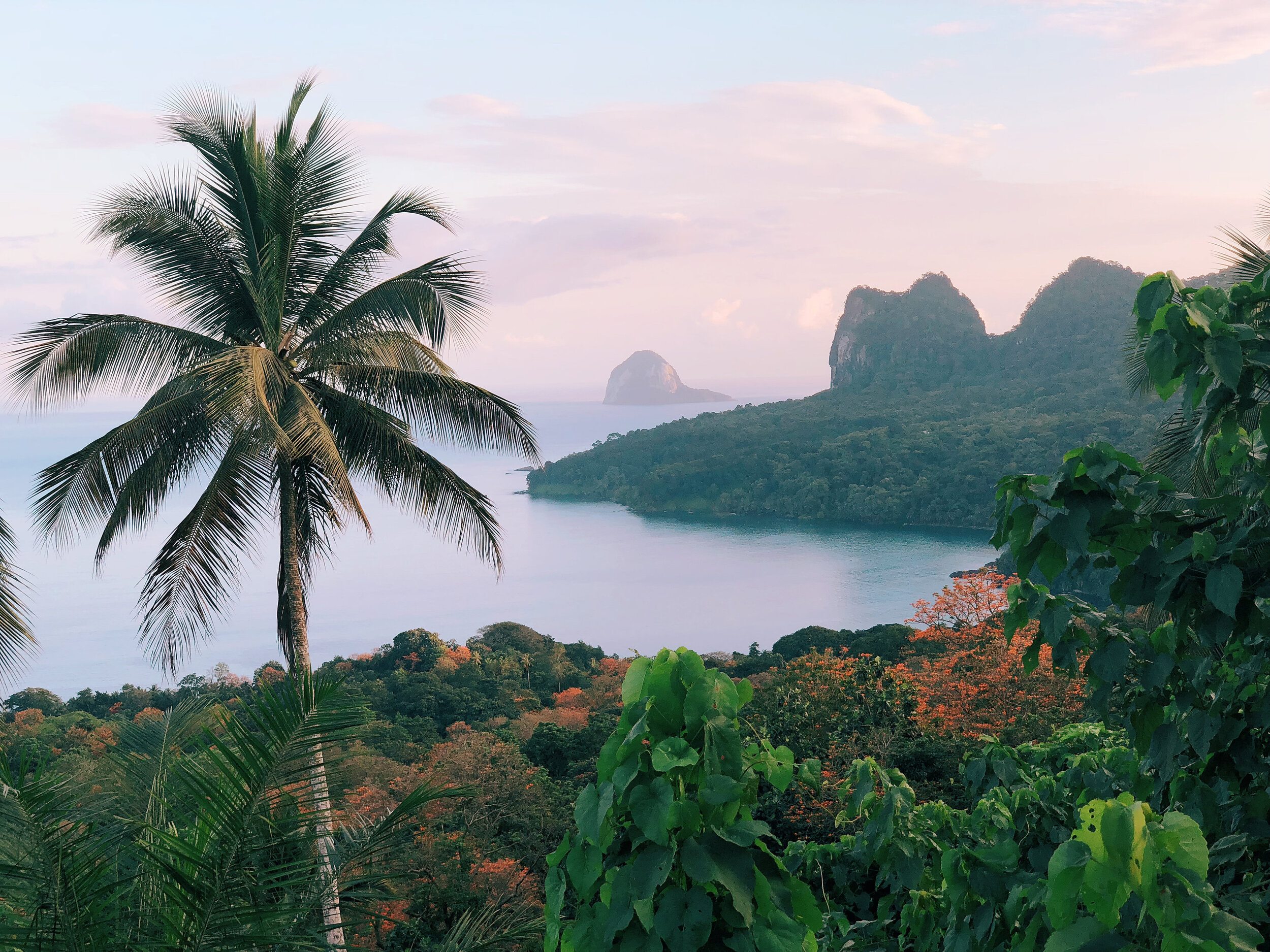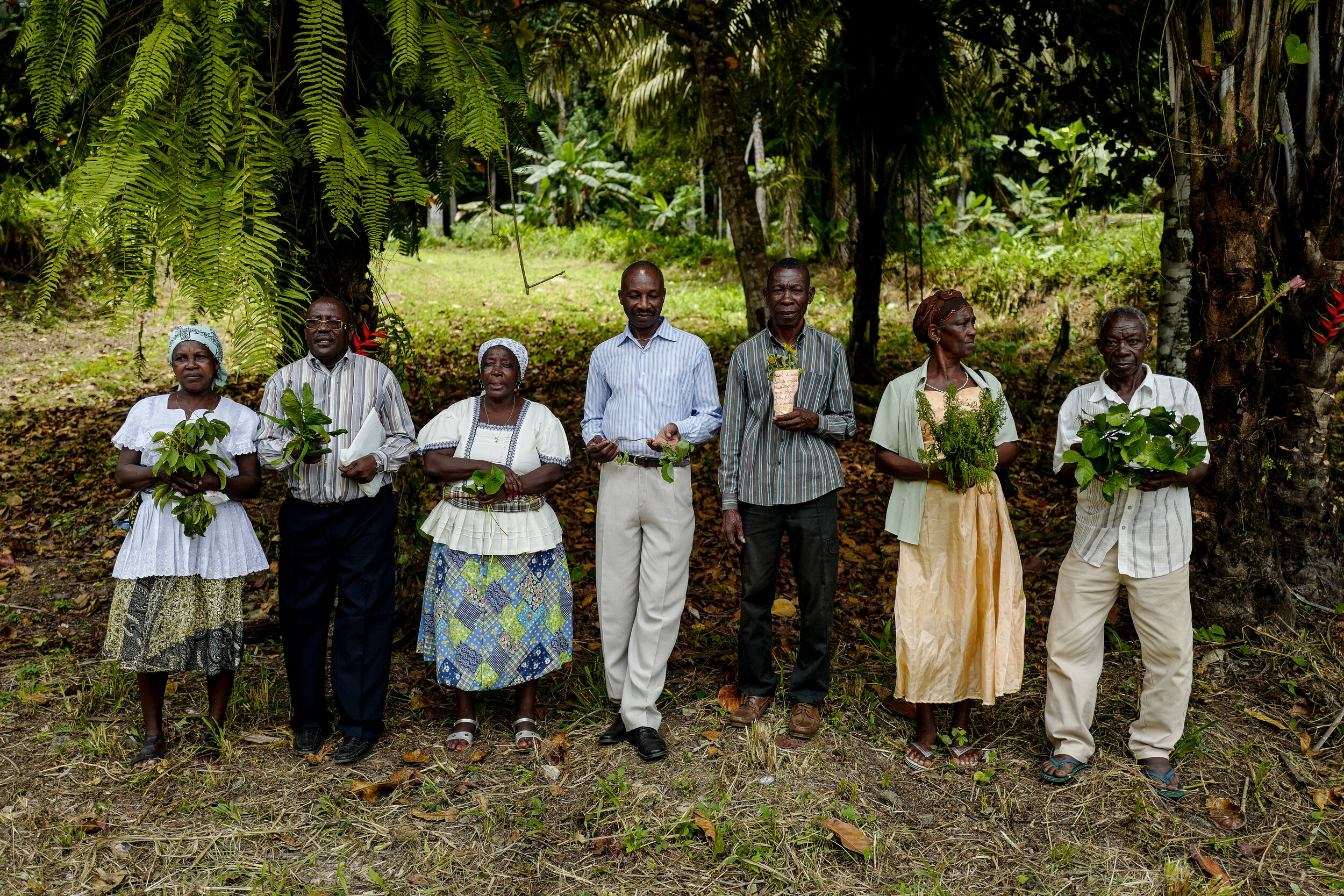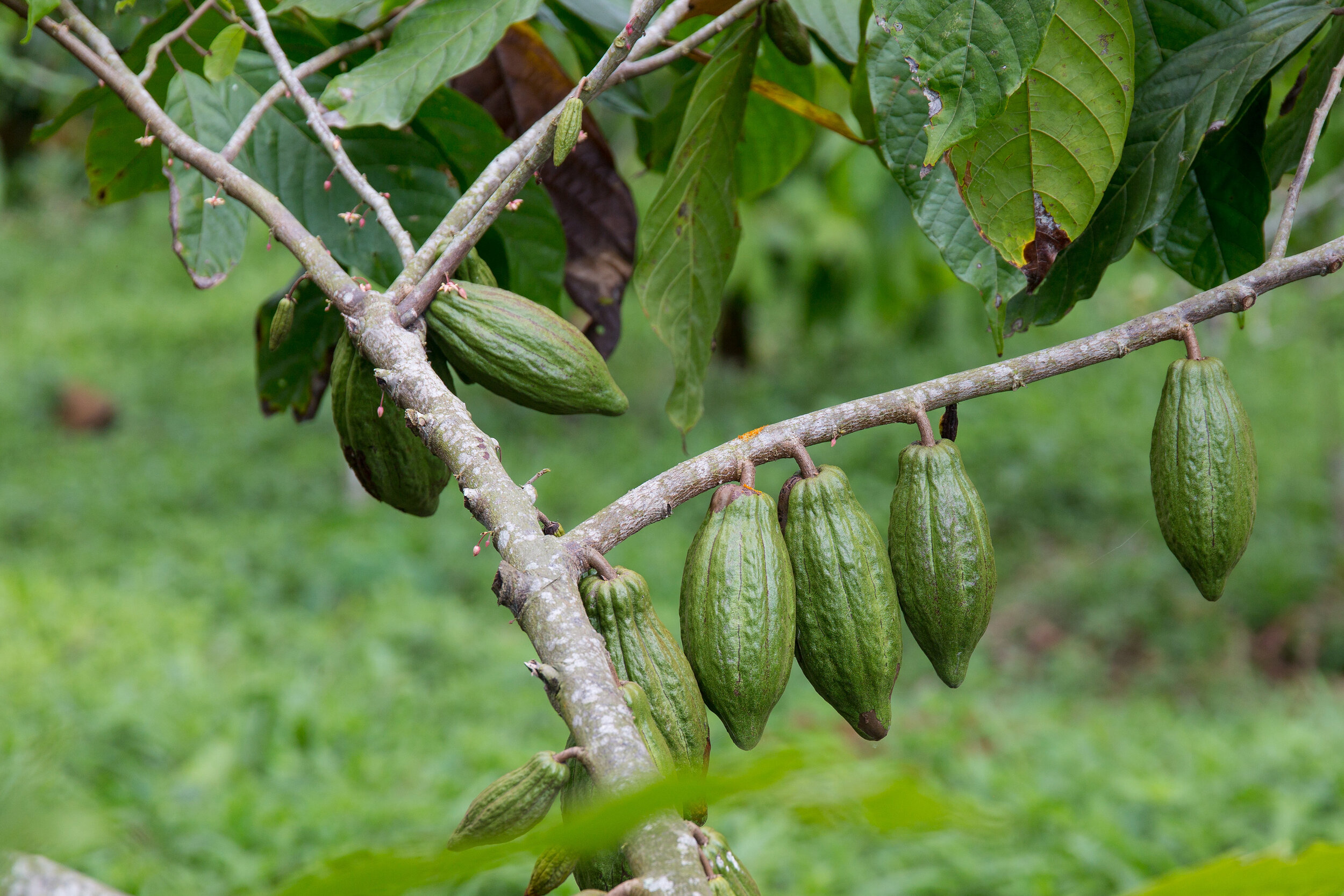Copenhagen Canal Quayside
What a privilege to visit Copenhagen. I hadn't discovered a new city since 2019 and when you are in my industry, that's quite a long time. The joy of packing the suitcase and heading off to investigate a new country filled me with such joy. A flight to Copenhagen is super quick with a very straight forward transfer from the Danish airport to the city centre. A civilized flight mid morning allowed us to be in the city mid afternoon with time to jump on some bikes and adventure around. Our base for the next couple of days was the iconic hotel D’Angleterre - a beauty of a property if I have ever seen one. Central, grand, homely, not stuffy - its staff oozed welcome with friendly engaging smiles and caring attitudes - oh and I should add home to the Michelin star restaurant Marchal.
Karen outside the Hotel D’Angleterre, Copenhagen
Photo by Febiyan
I had been curious to visit Copenhagen and Denmark overall - my knowledge of the country was somewhat limited - think Lego, Carlsberg lager and the Nordi series on Netflix The Bridge!! I love a Scandi thriller! Incidentally that bridge, over 8 kms long, links Denmark to Sweden allowing many Swedes and Danes easy access to live and work in both countries. Back to my curiosity of the country - I had heard good things about the Danes and their way of life, their attitude to community and happiness. You are probably well acquainted by the term Hygge - meaning connection, coziness and enjoying the simple pleasures of life with those you love.
The City of Happiness
Did you know that there is the Research Institute of Happiness headed up by Meik Wiking? The organization is an independent think tank exploring why some societies are happier than others. Their mission is to inform decision makers of the causes and effects of human happiness, making well-being part of the public policy debate, and improving quality of life for everyone on the planet. They partner with cities, governments and organisations to set the agenda to improve quality of life. With so much care in a society it’s obvious that its citizens would find suitable ways to look after their environment too, which is reflected in their living choices and behaviour - the Danes are leading in sustainability especially with building infrastructure and how it affects their environment. Another fun fact I learnt is the new cable, 760kms long - yes you read that correctly (the world's longest high voltage cable) is being laid under the sea between Denmark and the UK which is going to supply us with renewable energy from the Danes wind farms - how cool is that? A great scheme that will help the environment and help us Brits come away from fossil fuels.
Karen in Christianhavn
Copenhagen really is a beautiful city - full of eco-friendly buildings using renewable energy initiatives - green roofing, solar, rainwater harvesting systems, urban gardens and green space galore. I thought most novel is the waste plant which has a secondary function of offering a ski slope - a truly innovative and pioneering idea. On the subject of cleaner living - did you know that 9 out of 10 Danes own a bicycle? And 26% of families living with two children in the city of Copenhagen own a cargo bike. Londoner’s - we could do so much better than we do and take a leaf out of the Copenhagener’s book and come away from our dirty polluting cars.
The Hotel D’Angleterre offers their guests bikes for free so it was a pleasure to pedal off and meander around the city on the generously wide bike lanes. One unique cycle super highway crosses the canal. We had to wait as the bridge closed for the cyclists and was raised in order to let a tall ship pass along the canal. It was an awesome sight!
The bicycle super highways of Copenhagen, by Aurora Ferreira
What else are the Danes doing right, you may ask - well free education for students, free health care, low criminality and a general good work/life balance. It's that feeling of Hygge again. So with the backdrop of understanding why Denmark had drawn me in, let me highlight a few experiences I tried when in the capital of happiness.
I biked to the picturesque district of Christianshavn. An idyllic place to immerse yourself in the pretty and colourful neighbourhood which is made up of small islands.
The beautiful canals of Copenhagen
I participated in a sea plane excursion, boarding close to the Little Mermaid - it was a 20 minute excursion over the harbour, allowing fantastic views of Copenhagen and beyond. The sea plane excursion with Nordic Seaplanes was followed by a boat ride with Hey Captain- a more intimate boat excursion where you can talk with the captain offering a very personal way to cruise the canals.
Photo by Rolands Varsbergs
100% take a guided food tour. Danish food wasn't particularly known globally until a new wave of chefs brought restaurants like Noma into international attention. Joining a Food Tour Copenhagen you’ll meet the locals and be given local insight. There is so much diversity in Copenhagen’s food scene. In 2021 14 of Copenhagen's restaurants had 23 Micheln stars between them! I was fortunate to visit La Glace - the oldest patisserie in Denmark, Aamanns 1921 a famous Danish restaurant and the food markets at Tovehallerne.
Time in Copenhagen would not be complete without a visit to Tivoil Gardens, the oldest theme park in the world.
My last evening was spent at the Balthazar champagne bar where they are renowned for their signature champagne cocktails - I had a Downton Abbey - very in keeping with the release of the new Downton Abbey movie recently released!
Swimming at Islands Brugge, Copenhagen
Swimming at Islands Brugge, Copenhagen
I could have done with a few more hours in this glorious capital - my last morning I headed to the area called Islands Brygge - which translates as Iceland’s Quay - a gorgeous stretch of waterfront where outdoor bathing and swimmers gather all year round. It was a magical experience for me.
Karen travelled in April 2022 to Copenhagen in the company of Flospitality and stayed at D'Angleterre Hotel.





























